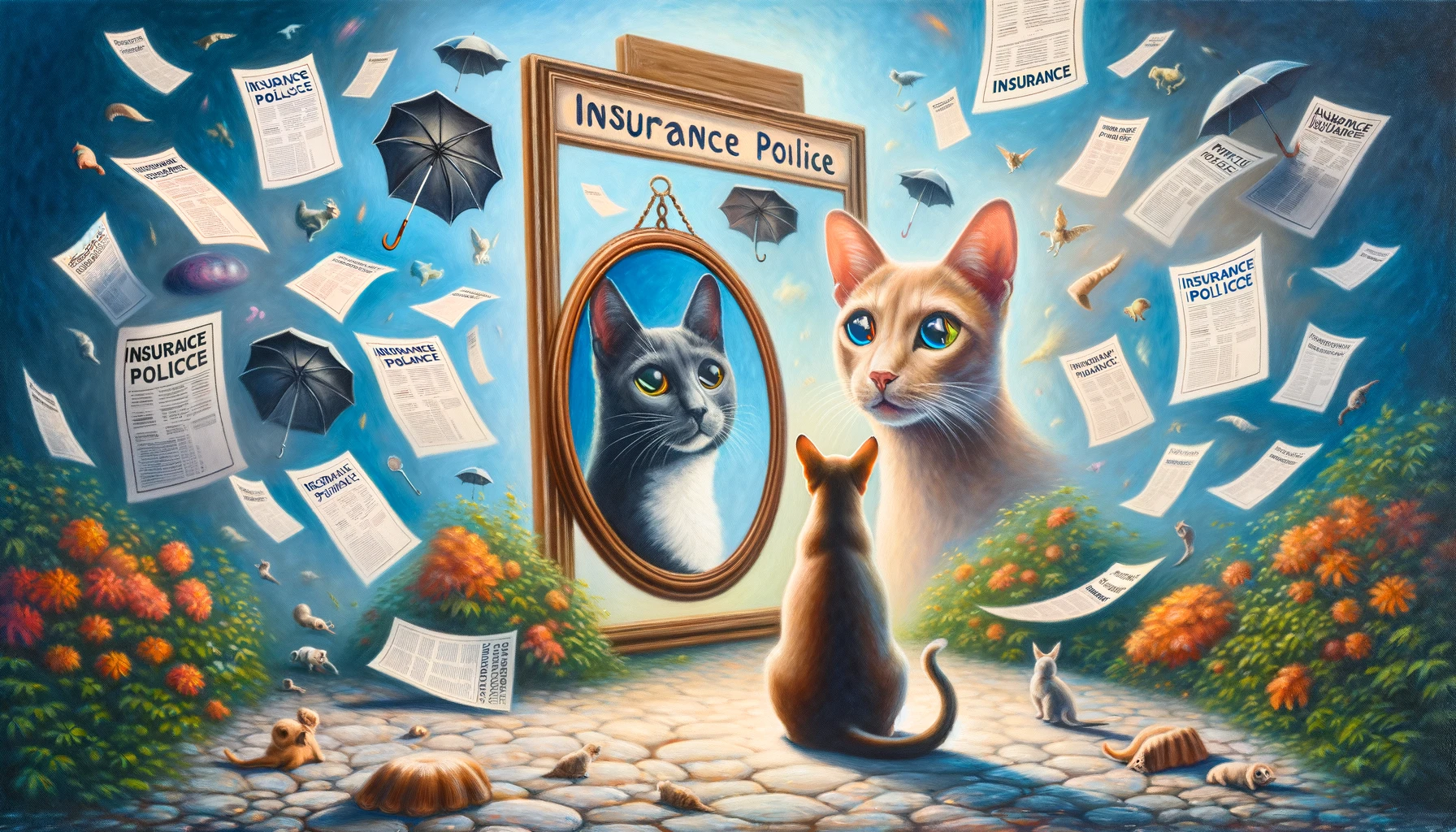When it comes to ensuring the well-being of our furry friends, pet owners often face a financial dilemma: should they opt for pet insurance or rely on a savings account dedicated to pet-related expenses? Both options have their merits and downsides, and the choice largely depends on an individual’s financial situation, risk tolerance, and the pet’s needs. This article delves into the pros and cons of pet insurance and savings accounts to help pet owners make an informed decision.
Understanding Pet Insurance
Pet insurance is a policy purchased by a pet owner to mitigate the costs of veterinary care. It typically covers accidents, illnesses, surgeries, prescriptions, and sometimes even preventive care, depending on the plan. Like human health insurance, pet insurance policies come with premiums, deductibles, co-pays, and coverage limits.
Pros of Pet Insurance
- Financial Security in Emergencies: Pet insurance provides a safety net for unexpected, high-cost medical emergencies. It can significantly reduce the financial strain of surgeries or treatments for sudden illnesses.
- Comprehensive Care: Many policies offer extensive coverage, ensuring that pets can receive the best possible treatment without financial constraints.
- Peace of Mind: Knowing you have pet insurance can give you peace of mind, as you won’t have to make tough decisions between your pet’s health and financial limitations.
Cons of Pet Insurance
- Cost: Premiums can be expensive, especially for older pets or breeds prone to specific health issues. Over a pet’s lifetime, these costs can add up.
- Coverage Limitations: Not all policies cover pre-existing conditions, and there may be limitations on certain procedures or care types.
- Complexity: Understanding the specifics of what is and isn’t covered can be challenging, leading to potential confusion during claims.
The Role of a Savings Account
Alternatively, some pet owners prefer setting up a dedicated savings account for their pet’s health care needs. This approach involves regularly setting aside money that can be used for both routine care and unexpected medical expenses.
Pros of a Savings Account
- Flexibility: Money can be used for any expense, not just those covered by insurance policies. This includes routine care, emergency treatments, or even non-medical expenses.
- No Premiums or Deductibles: You won’t lose money on premiums for coverage you may never use. Every dollar saved goes towards your pet’s care.
- Simplicity: Managing a savings account is straightforward, without the need to understand complex insurance policies or file claims.
Cons of a Savings Account
- Financial Risk: Significant medical emergencies can quickly deplete savings, potentially leaving the owner unable to afford necessary treatments.
- Discipline Required: Regularly contributing to a savings account requires discipline and financial planning.
- Limited Resources: The available funds are limited to what has been saved, which might not cover expensive treatments.
Making the Decision

The choice between pet insurance and a savings account depends on various factors. Consider your pet’s breed, age, and health status. Some breeds are prone to specific health issues that might make insurance a more cost-effective option. Assess your financial situation and ability to contribute to a savings account or pay insurance premiums. Finally, consider your risk tolerance. If the potential for high vet bills would cause significant financial strain, pet insurance might offer valuable peace of mind.
Conclusion
Both pet insurance and savings accounts have their place in a responsible pet care plan. The best choice varies based on individual circumstances and preferences. Some pet owners choose a hybrid approach, combining both methods to ensure comprehensive coverage. Whichever option you choose, the goal is the same: to provide the best possible care for your beloved pet without compromising your financial well-being.



